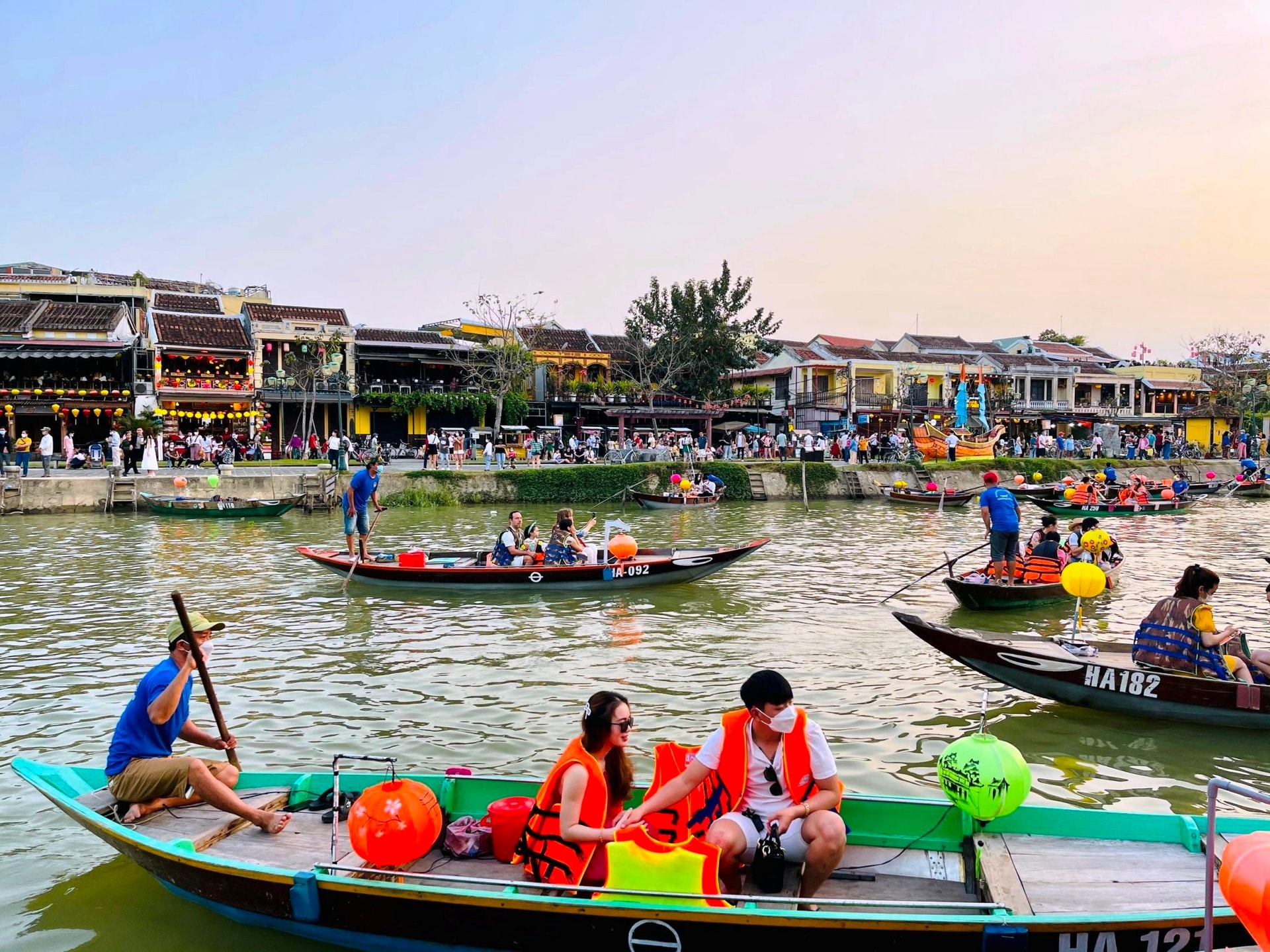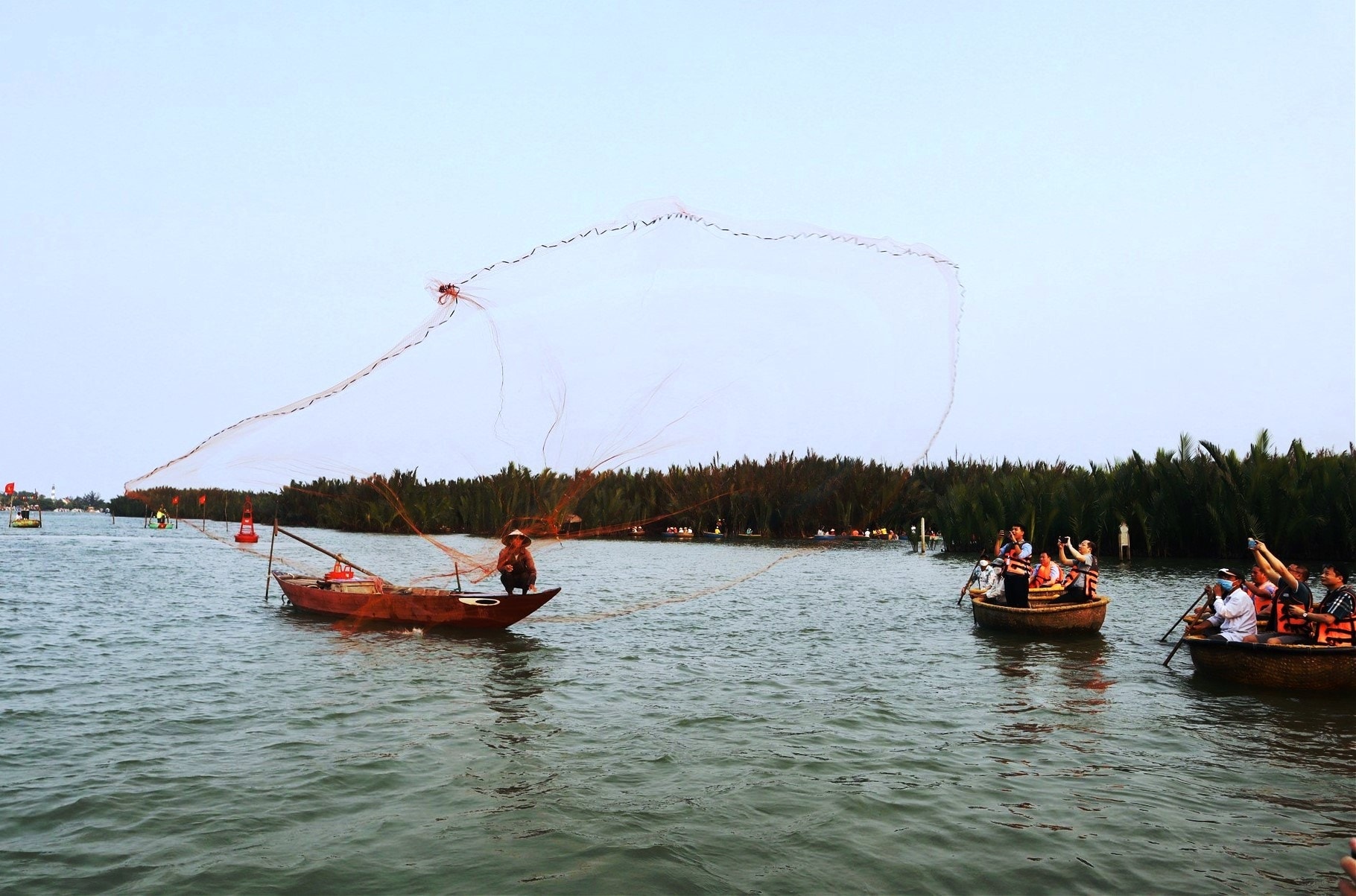(QNO) - Alongside the ancient town, Hoi An’s river system (Quang Nam province) was a key asset and potential for diversifying its tourism products and effectively attracting visitors.

With a rich variety of cultural and ecological resources, Hoi An’s waterways have great tourism potential, creating favorable conditions for improving the livelihoods of local communities.
According to Mr. Nguyen Chi Trung, a cultural researcher in Hoi An, the dense network of rivers and streams makes Hoi An a region with a diverse ecosystem and human living environment.
In recent years, the river cruise service on the Hoai River has grown significantly, thanks to increasing demand from tourists. Visitors can choose to explore the nipa palm forests and seagrass beds in the lower Thu Bon River area, primarily located in Cam Thanh commune.
Nipa palms grow along the riverbanks, remaining green year-round and creating a unique ecosystem. It has been recognized as a provincial-level cultural and historical relic.
Regarding the unique value of the nipa palm forest, Mr. Le Ngoc Thao, secretary of the Cham Islands - Hoi An Biosphere Reserve Management Board, stated that the forest contributes significantly to biodiversity and its resources are highly valuable.
He explained that historically, the nipa palm forest protected local communities from natural disasters and storms. Biologically, the forest is a crucial breeding ground for fish, shrimp, and various aquatic species, helping to preserve biodiversity and maintain sustainable aquatic resources.

Hoi An’s waterway tourism still holds rich and diverse potential. A boat trip along the Hoai River during the “Ancient Town Night” program, with its poetic scenery, is an unmissable experience for visitors.